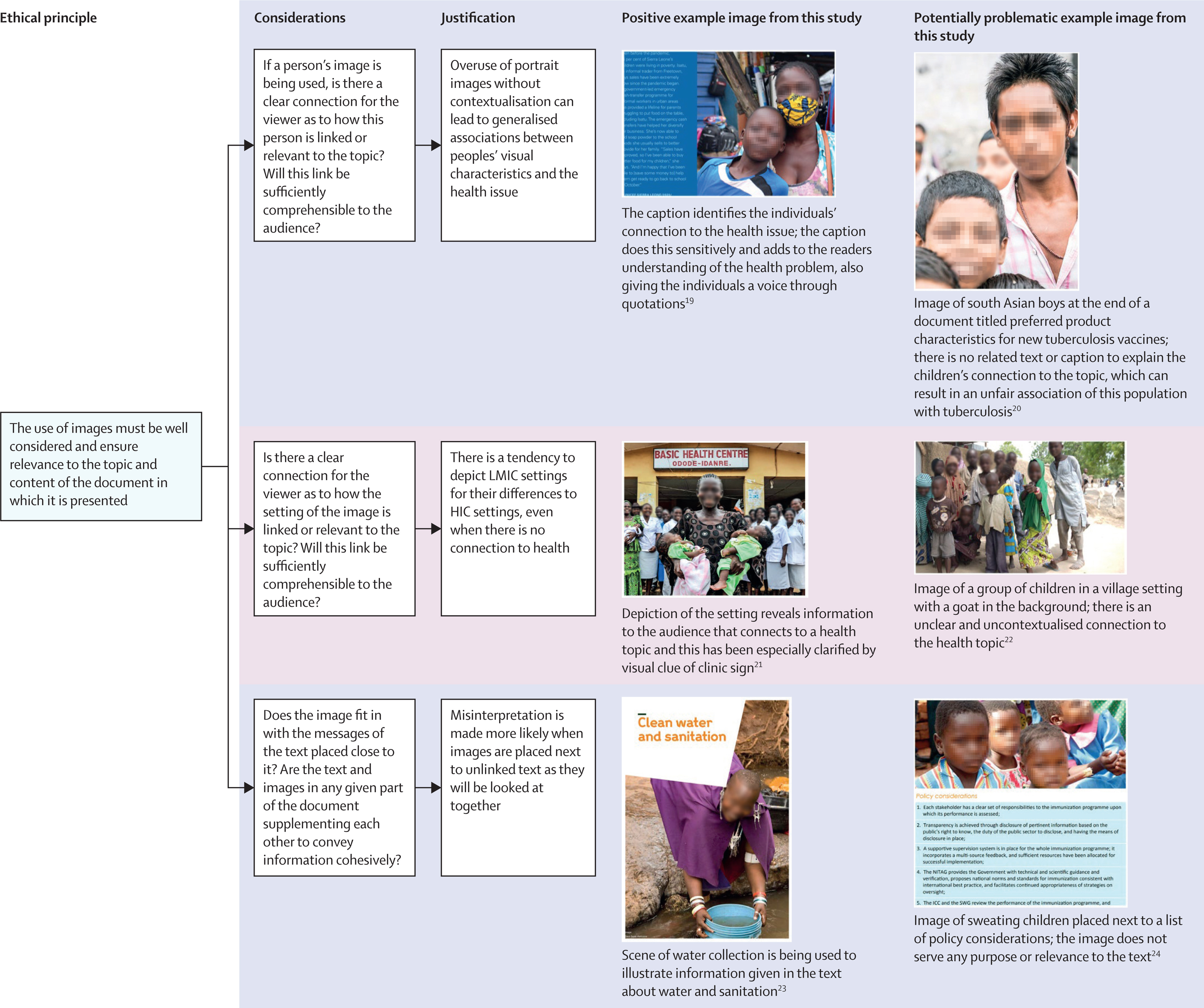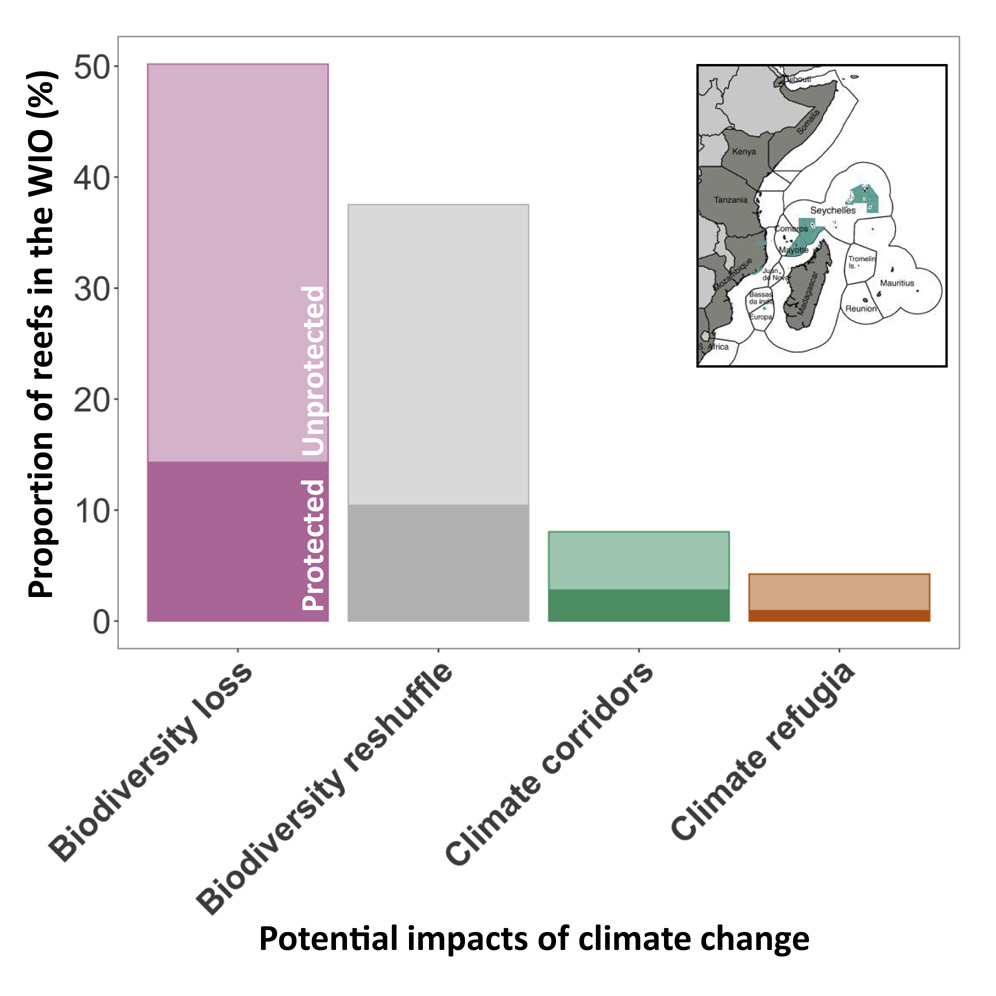Elsevier,
Journal of Asian Earth Sciences: X, Volume 8, 1 December 2022
This article supports SDGs 13 and 14 because it confirmed the significant correlation observed between flux and river discharge in Bhagirathi, a turbulent Himalayan river. Himalayan rivers are considered the most sensitive of all the ecosystems to the impact of climate change.
Elsevier,
One Earth, Volume 5, 16 December 2022
This articles advances SDG # 13 by reconciling flux estimates from models and reports to promote accuracy in NDCs. Land use is an important source of emissions and carbon sinks for nations included in their Nationally Determined Contributions, yet counting the climate impacts accurately remains a challenge.
Elsevier,
Clinical Imaging, Volume 94, February 2023, Pages 56-61
This Article supports SDGs 3, 5 and 10, summarizing a discussion on workplace flexibility held by the AAWR at the RSNA 2021 Scientific Assembly and Annual Meeting, and highlighting the positive impact various aspects of flexible work arrangements have on women.
Elsevier,
The Lancet Global Health, Volume 11, Issue 1, January 2023, Pages e155-e164
This Health Policy paper supports SDGs 3 and 10; the authors did an empirical analysis of the use of imagery by key global health stakeholders and showed that the narrative currently depicted in imagery is one of power imbalances, depicting women and children from low-income and middle-income countries with less dignity, respect, and power than those from high-income countries.
Elsevier,
Advances in Nutrition, Volume 13, November 2022
Food insecurity is a significant public health problem for Indigenous peoples in Canada. According to the authors, a comprehensive literature review was needed to organize the evidence according to the 4 pillars of food security (i.e., availability, access, utilization, and stability) and identify gaps in the published literature on this topic. Evidence from the identified studies indcated that all dimensions of food security among Indigenous peoples in Canada have been impacted. Lack of availability of both traditional and market foods is highlighted among Inuit and First Nation communities. Economic disadvantages, high food prices, and lack of access to transportation are major factors affecting the accessibility pillar of food security. Major factors affecting the utilization pillar of food security are the loss of traditional knowledge and skills, lack of knowledge on market foods, low quality of market foods, and food safety issues. Climate change has affected all 4 pillars of food security among Indigenous peoples. These findings suggest that resolving food insecurity issues among Indigenous peoples in Canada, especially those living in remote communities, requires a culturally specific integrated approach targeting food availability, food cost, food knowledge, food safety, and food quality.
Elsevier,
The Lancet Public Health, Volume 7, November 2022
This report supports SDGs 3 and 13 by monitoring and evaluating the effects of climate change on health in Europe, and the benefits to health of climate action. By tracking 33 indicators in a variety of domains, the report shows that climate-related health risks in Europe are accelerating, and current adapation and mitigation strategies are insufficient. Ambitious strategies are required to prevent worsening harms to human health.
Elsevier,
The Lancet, Volume 400, 5 November 2022
This report supports SDGs 3 and 13 by examining the health effects of climate change globally. It notes the severe harms and health risks being caused by climate change around the world, such as increased extreme weather events, heatwaves, spread of infectious diseases, and threats to food security. It notes the critical need for long-term emissions reduction policies, with a move away from fossil fuels to clean energy sources.
Elsevier,
The Lancet Regional Health - Western Pacific, Volume 28, November 2022
This Article supports SDGs 3 and 13 by using credible climate and population projections to estimate future heatwave-attributable deaths under different emission scenarios and to explore the drivers underlying these patterns of changes in China.


